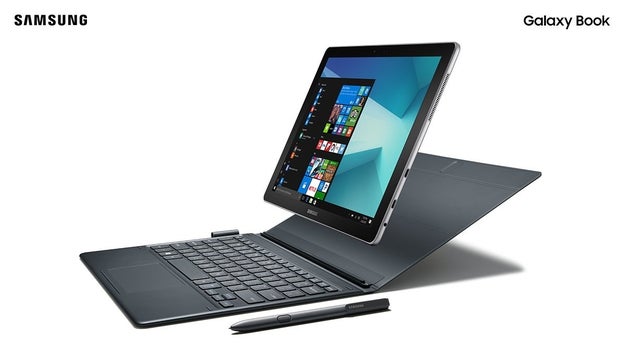A Hard Road from Dev to Ops
The post A Hard Road from Dev to Ops appeared first on Mirantis | Pure Play Open Cloud.
Last June, in his provocative blog, Mirantis’ co-founder Boris Renski proclaimed to the world that infrastructure software was dead. That blog was a battle cry for us as a company, and the beginning of an organizational evolution away from our exclusive focus on delivering software and towards providing customers with a turnkey infrastructure experience.
It was clear that the future consumption model for infrastructure is defined by public clouds where everything is self-service, API-driven, fully managed and continuously delivered. It was also clear that most vendors, Mirantis included, had misinterpreted where the core of cloud disruption was, overemphasizing disruption in software capabilities around “self-service and API-driven,” while largely ignoring the disruption in delivery approach codified as “fully managed and continuously delivered.” Private cloud had become a label for the new type of software, whereas public cloud was a label for a combination of software and, most importantly, a new delivery model. Private cloud had failed and we needed to change.
As we started piercing the market with our new Build-Operate-Transfer delivery model for open cloud last year, we pulled the trigger on changing the company internally. Mirantis had to reinvent itself, re-examine every part of the company and ask if it was built correctly and/or was needed in order to deliver an awesome customer operations experience. Organically and through acquisition, we added new engineering and operations folks who brought with them the relentless focus on keeping things simple, and emphasized continuously integrating and managing change. We went away from using advanced computer science as the only means to avoid failures in favor of selecting simple configurations that are less likely to fail and investing heavily in the monitoring and intelligence that predicts failure before it occurs and proactively alerts the operator to avoid failures all together.
In the meantime, and despite the challenges, things were picking up in the field. We weren’t alone in realizing that cloud operations are hard, so many OpenStack DIYers that had failed at operations got intrigued by our model. We started winning big managed cloud deals, and made meaningful strides in transitioning our existing marquee accounts like AT&T and VW toward managed open cloud. Most importantly, we weren’t just winning new deals; we were expanding existing ones – a much more important sign of delivering customer value. Today, some of the world’s most iconic companies are running their customer-facing businesses on our managed clouds without needing to pay much attention to how the cloud is run. They simply expect that it works.
Now we are staring at an explosion of new clouds in our sales pipeline. In order to scale and provide an awesome user experience, this week we’ve announced the final set of organizational changes that will complete our transformation, putting our 12 months of difficult transition behind:
We are simplifying the services we offer in our portfolio, focusing less on one-off cloud infrastructure integration and more on strategy, site readiness and cloud tenant on-boarding and care.
We are combining our 24×7 software support team and our managed operations team into a single-focused customer success team.
Since many of our customers don’t accept managed services from Russia and Ukraine locations (due to regulatory, compliance and corporate security policies), we are shifting roughly 70 jobs from those locations to the U.S., Poland and Czech Republic.
As founders, we felt it was important to share this update publicly, not just because we want the world to know that Mirantis is changing, but also because this transformation is personal to us. We founded Mirantis back in 2000 &8211; originally a small IT services firm, and following this change, some of our best friends and colleagues who have travelled with us for well over a decade will no longer be with the company. We want those who are leaving to know that we are humbled by your brilliance and eternally grateful to have worked alongside such committed and true friends.
As we look at the last twelve months, we’re proud of the change we persevered through as a company. Evolving a company is never easy &8211; for management, employees, partners or customers. Many in our space will need to go through a similar evolution to stay relevant in the public cloud world, and not everybody will make it through. We are fully determined that Mirantis to be part of the pack that does.
Onwards and upwards!
The post A Hard Road from Dev to Ops appeared first on Mirantis | Pure Play Open Cloud.
Quelle: Mirantis
